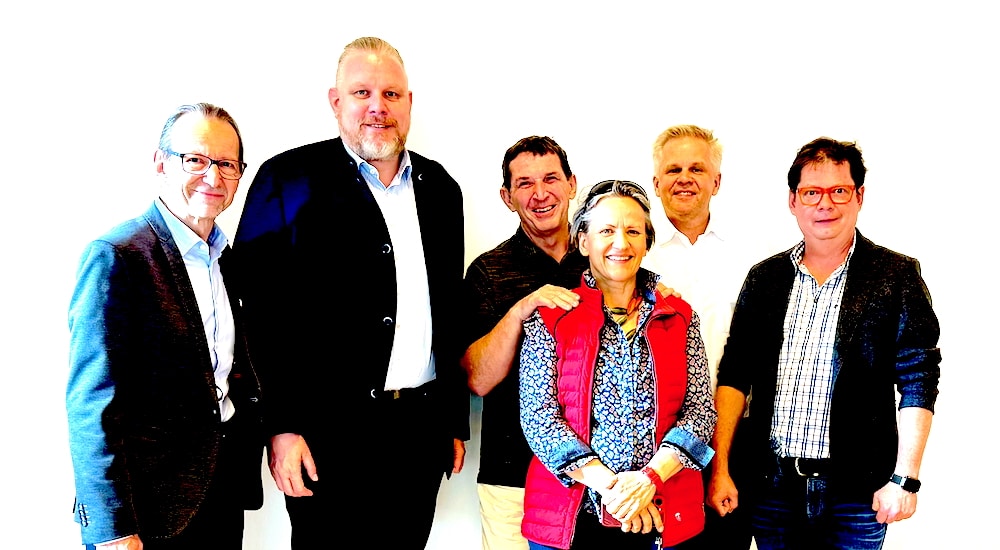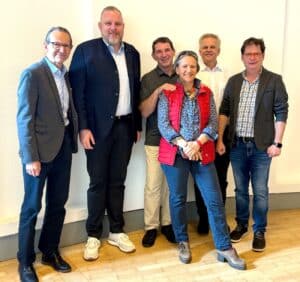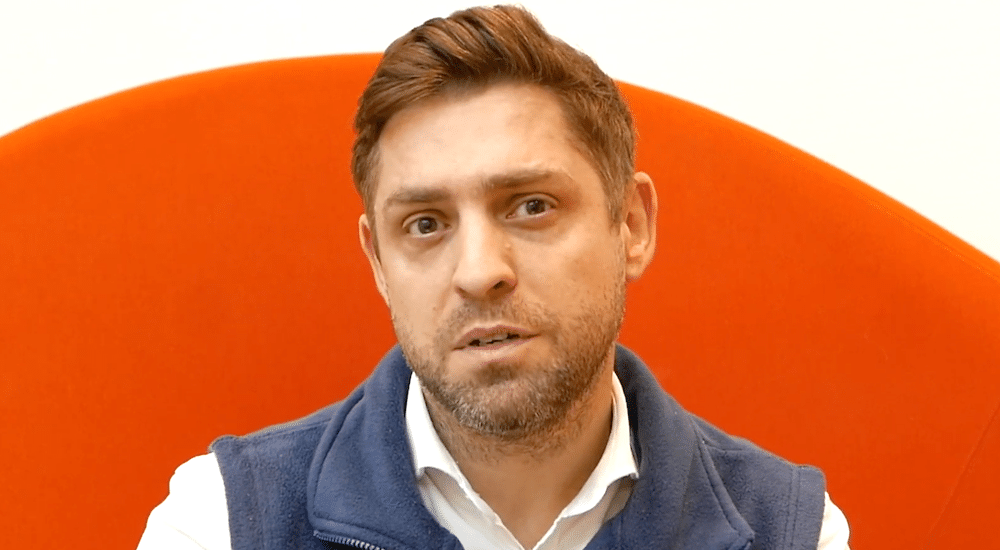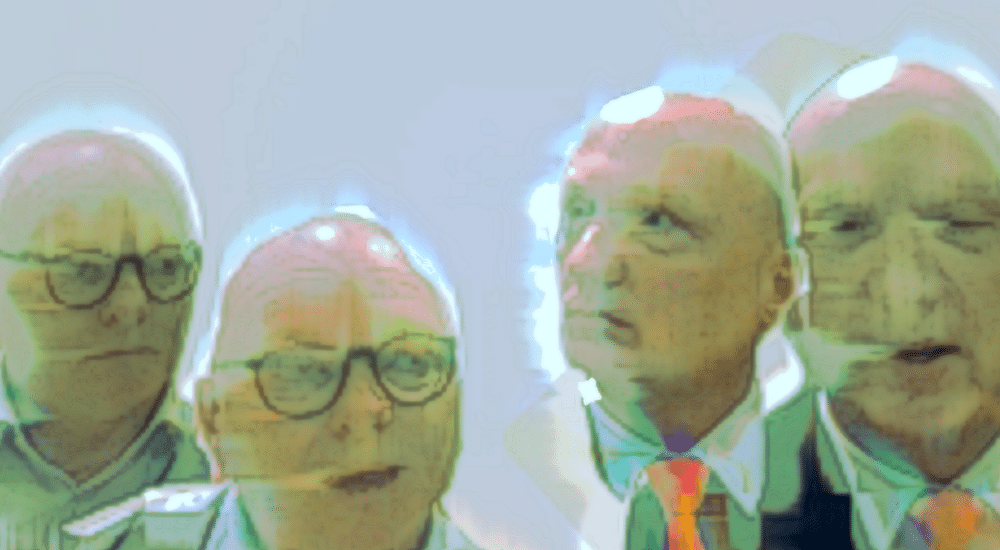AUSTRIA - Profile of a stable partner facing a mixed outlook
The EUHA partner country in 2025 is Austria. Thanks to the Association of Hearing Aid Acousticians of Austria, we offer this overview of the hearing market and profession in a European country that has a thriving retail network and also boasts important manufacturing quality.

EUHA partner country Austria: Stability for more than 20 years
Anyone in Vienna, Innsbruck or Graz who needs a hearing aid can rely on a proven system with clear guidelines. For over 20 years, the Gesamtvertrag Hörgeräte (Comprehensive Hearing Aid Agreement) has regulated hearing care in Austria. This is a nationwide framework agreement between the social insurance system and the Chamber of Commerce. It defines fitting procedures, cost coverage and quality standards that must be adhered to nationwide. The market is characterised by large chains and independent, owner-managed master craftsman businesses.
Large chains and independent master craftsman businesses

The VHÖ board with Fritz Zajicek, Carsten Passiel, Herdis Menhardt and Thomas Aigner ,with German guest Tobias Bartels and Swiss guest René Bürgin at a training course in spring. The VHÖ has been instrumental in promoting cooperation with the EUHA, which has led to the partnership.
© VHÖ
Around 780 specialist shops serve the country’s 8.9 million inhabitants, which corresponds to approximately one shop per 11,000 inhabitants. Large chains such as the Neuroth Group (136 branches), Hartlauer (137 shop-in-shop branches with hearing acoustics) and Hansaton (over 115 hearing competence centres) dominate the nationwide picture with their numerous branches… and they are continuing to expand. At the same time, experienced master hearing aid acousticians are repeatedly leaving corporate structures to set up their own specialist businesses.
Purchasing cooperatives provide support for independent master craftsperson’s businesses. As there are numerous mixed businesses operating in both the optical and hearing aid sectors, many cooperatives originally emerged from the optical sector. Examples of this include FirstOptiker/FirstAkustiker, United Optics and OPTICON, which now combine both sectors under one roof. They support their members with purchasing advantages, marketing and further training. There are also purchasing associations dedicated solely to hearing acoustics, such as Hörakustik Partner OG.
Chamber of Commerce and Federal Guild of Health Professions
A significant difference to Germany can be seen in the organisation and representation of the profession. In Germany, the Federal Guild of Hearing Acousticians (BIHA), based in Mainz, acts as the central representative body for the industry. At the same time, it is responsible for master craftsman training.
Austria takes a different approach. The professional association is integrated into the structure of the Chamber of Commerce, in which membership is compulsory for businesses. There is no single federal guild for hearing aid audiologists. Instead, there are a total of nine regional guilds and one federal guild for healthcare professions. The guild represents the interests of companies in the professional groups of opticians, hearing aid acousticians, orthopaedic technicians, orthopaedic shoemakers and (general) shoemakers, and dental technicians. In addition, there is a voluntary association called the Association of Hearing Aid Acousticians of Austria (VHÖ), which focuses primarily on further training and international networking.
Care practice and training ensure quality
A prescription from an ENT doctor is required for the initial provision of hearing aids. Follow-up care, on the other hand, can be provided directly by master hearing aid audiologists. Random checks by insurance companies are intended to ensure quality. An assessment by an ENT doctor, as is required in Germany, for example, is not necessary.
The countries also differ in terms of taxation: in Germany, a reduced VAT rate of 7 per cent applies to hearing aids, while in Austria the full rate of 20 per cent applies.
Anyone wishing to become a hearing aid acoustician in Austria currently has three options:
- The traditional three-year dual training programme in a specialist company with block teaching at the vocational school in Hall in Tirol;
- Another option is a shortened two-year adult education programme, which is particularly popular with large chains;
- In cooperation with private training institutes, the state employment service (AMS) offers unemployed people an alternative route into the profession.
A mixed outlook

Mariahilf district, Innsbruck with the snowy Nordkette mountain chain in the background.
iStockphoto – Torben Knauer
The Austrian hearing aid sector is characterised by remarkable stability. The contractual framework in place since 2002 ensures comprehensive coverage. At the same time, the healthcare system is under severe financial pressure, as the birth rate is also falling in Austria and people are living longer.
According to forecasts by Statistics Austria, 28 per cent of the population will be over 65 by 2050, which corresponds to an increase of 8.2 percentage points compared to the last survey in 2023. This suggests rising customer numbers and higher expenditure.
It therefore remains to be seen how the market and the healthcare system will respond to these future developments.
 Sign in
Sign in

